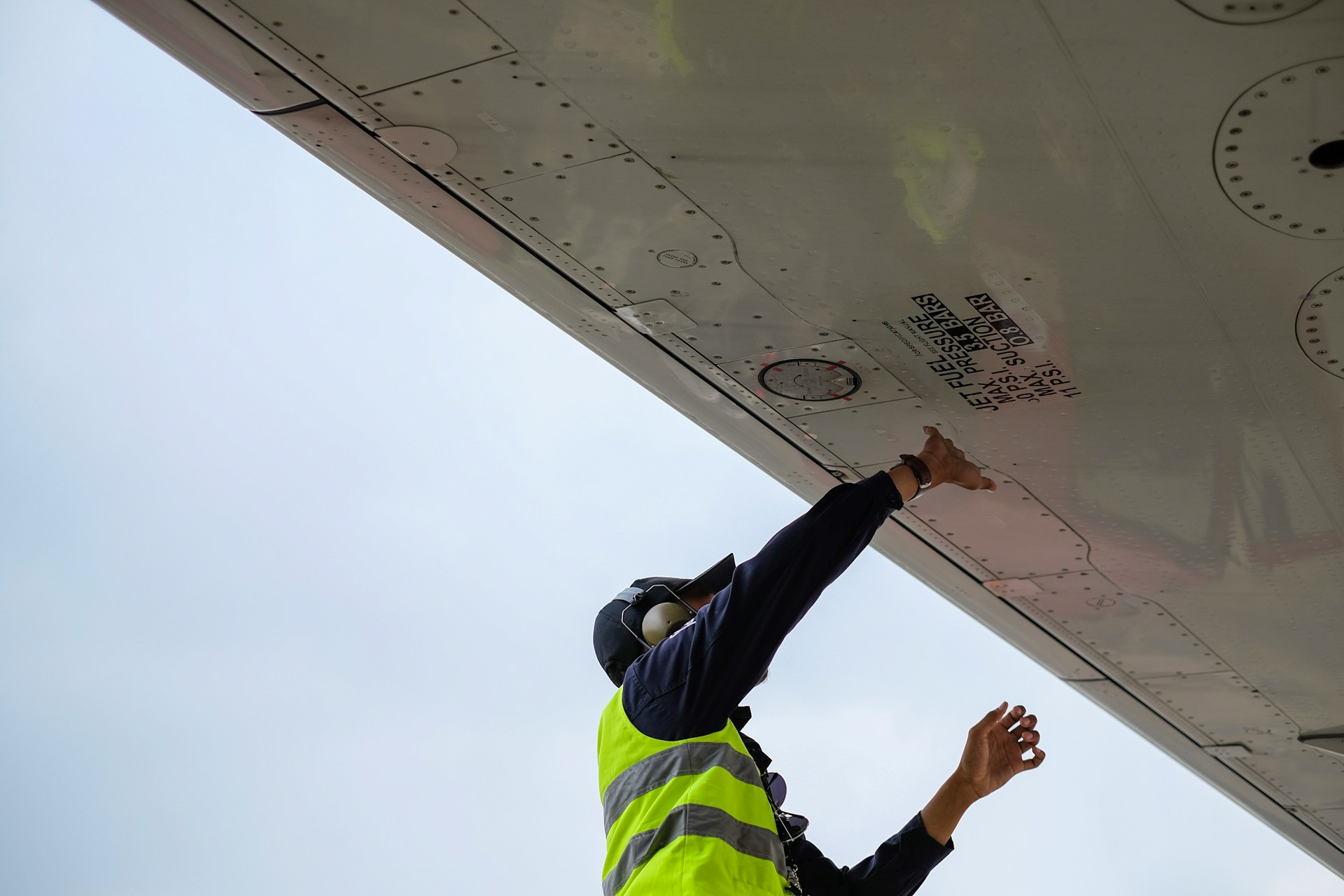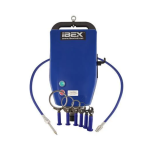
Introduction
In an era where technology continuously reshapes our approaches to everyday tasks, Augmented Reality (AR) is emerging as a groundbreaking tool for enhancing the efficiency and accuracy of maintenance and operations across various industries. As a leading Industrial Automation service provider, we harness this technology, which superimposes digital information onto the physical environment, not just as a futuristic concept but as a practical tool currently transforming fieldwork.
This article explores how AR is being leveraged to revolutionize maintenance and operations, the benefits it brings to businesses, and the challenges it faces in widespread adoption.
The Integration of AR in Maintenance and Operations
Augmented Reality’s core advantage in maintenance and operations lies in its ability to provide real-time, on-site digital assistance. By overlaying digital data such as schematics, step-by-step repair instructions, and safety warnings directly into the user’s field of view, AR enables technicians to work more efficiently and with greater precision. Industries such as manufacturing, aviation, and utilities are already experiencing significant transformations due to AR interventions.
-
Manufacturing: In manufacturing, AR is used to streamline complex assembly processes. Technicians wearing AR glasses can see the configuration of machinery components overlaid directly onto the equipment they are assembling. This reduces errors and speeds up the assembly process, leading to higher productivity and reduced training times for new employees.
-
Aviation: Maintenance of aircraft is a field where precision and reliability are paramount. AR helps by providing mechanics with real-time, hands-free access to maintenance data and 3D visualizations of an aircraft’s internal components. This not only shortens the maintenance time but also enhances the accuracy of diagnostics and repairs.
-
Utilities: For utility companies, maintenance work can be hazardous. AR contributes to safety by overlaying cautionary information about potential hazards and real-time data on system status. This technology has proven particularly beneficial in handling repairs in remote or complex environments, such as power lines or underground pipelines.
Benefits of Augmented Reality in Operations
The deployment of AR technology in maintenance and operations offers numerous benefits that extend beyond simplifying complex tasks. These include:
-
Enhanced Accuracy and Efficiency: AR’s real-time overlays provide workers with invaluable guidance, which minimizes errors and enhances the quality of work.
-
Cost Reduction: By improving the accuracy and speed of maintenance tasks, AR helps reduce the time and labor costs associated with repairs and downtime.
-
Improved Training and Skill Development: AR simulations and tutorials can be used for training purposes, allowing new workers to gain hands-on experience without the risks associated with live training.
-
Safety: With AR, technicians receive instant notifications about potential safety issues and dynamically updated guidelines, significantly reducing the risk of accidents.
Challenges and Considerations
Despite its benefits, the adoption of AR in maintenance and operations faces several challenges:
-
Hardware Limitations: The effectiveness of AR technology heavily depends on the quality of the hardware, such as AR glasses, which can be expensive and bulky.
-
User Adoption: Resistance to change is a common challenge in any technological adoption. Training and gradual integration of AR into workflows can help increase acceptance.
-
Data Security: As AR devices often need to access and display sensitive information, securing this data against unauthorized access is crucial.
Future Directions
The future of AR in maintenance and operations looks promising as the technology continues to evolve. Advances in AR hardware, like lighter, more powerful AR glasses, and improvements in software that can offer more interactive and immersive experiences, will likely broaden AR’s applicability.
Furthermore, integration with other technologies like the Internet of Things (IoT) and artificial intelligence (AI) could enhance AR systems’ capabilities, making them more predictive and responsive.
Conclusion
Augmented Reality is not merely enhancing maintenance and operations; it is revolutionizing them. As we continue to integrate this Industrial Automation technology into more aspects of fieldwork, its full potential is only beginning to be realized.
For businesses aiming to stay at the forefront of innovation, embracing AR offers a competitive edge that is hard to overlook. With continued investment and adoption, AR could soon become a standard tool in maintenance and operations, profoundly changing how we manage and execute fieldwork tasks.

